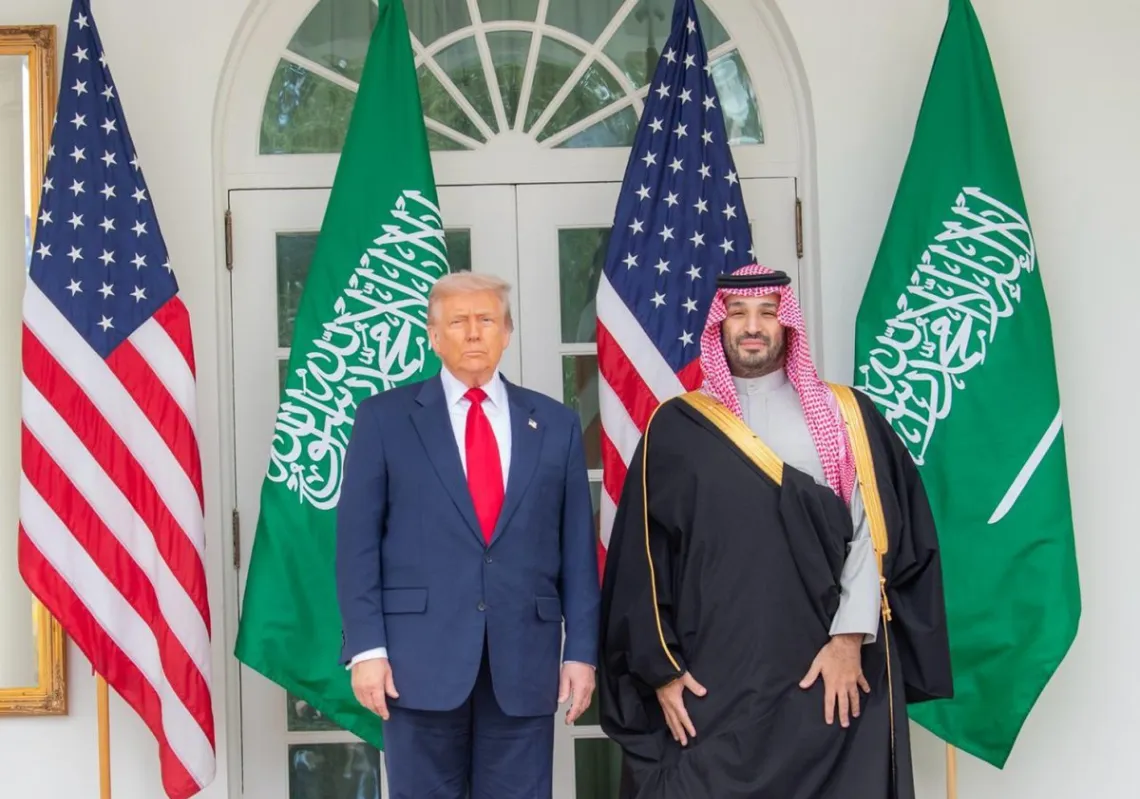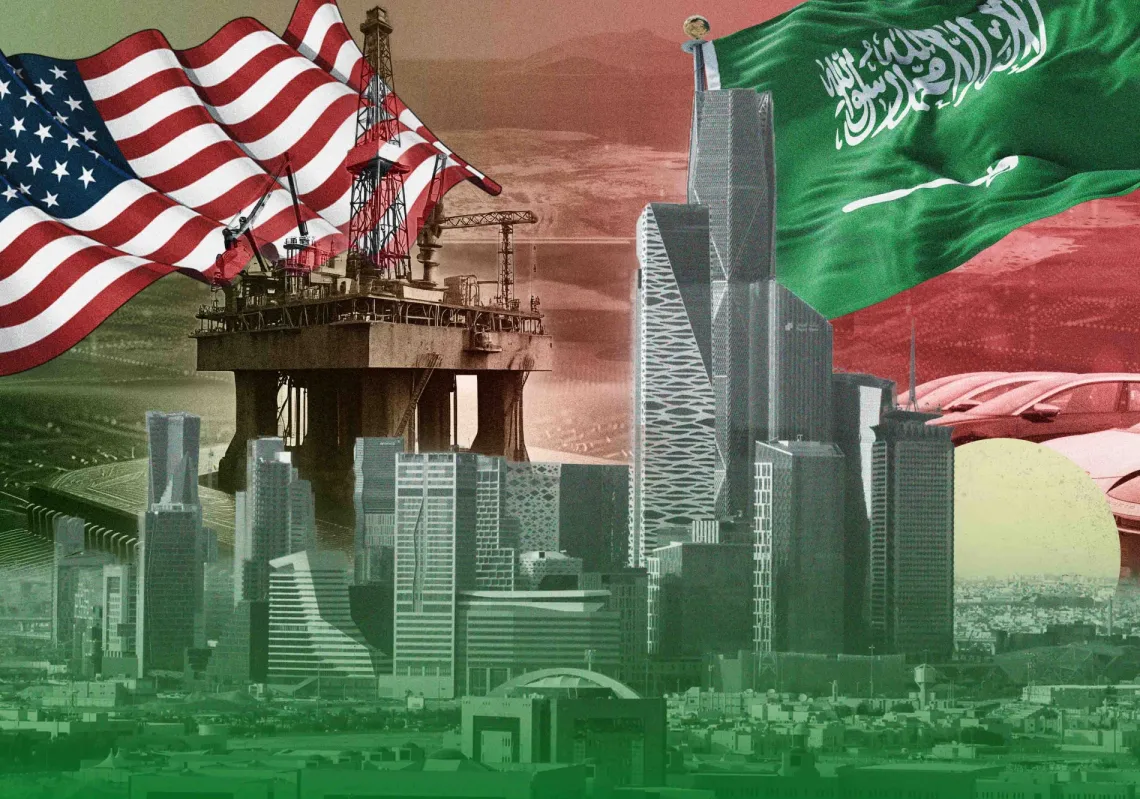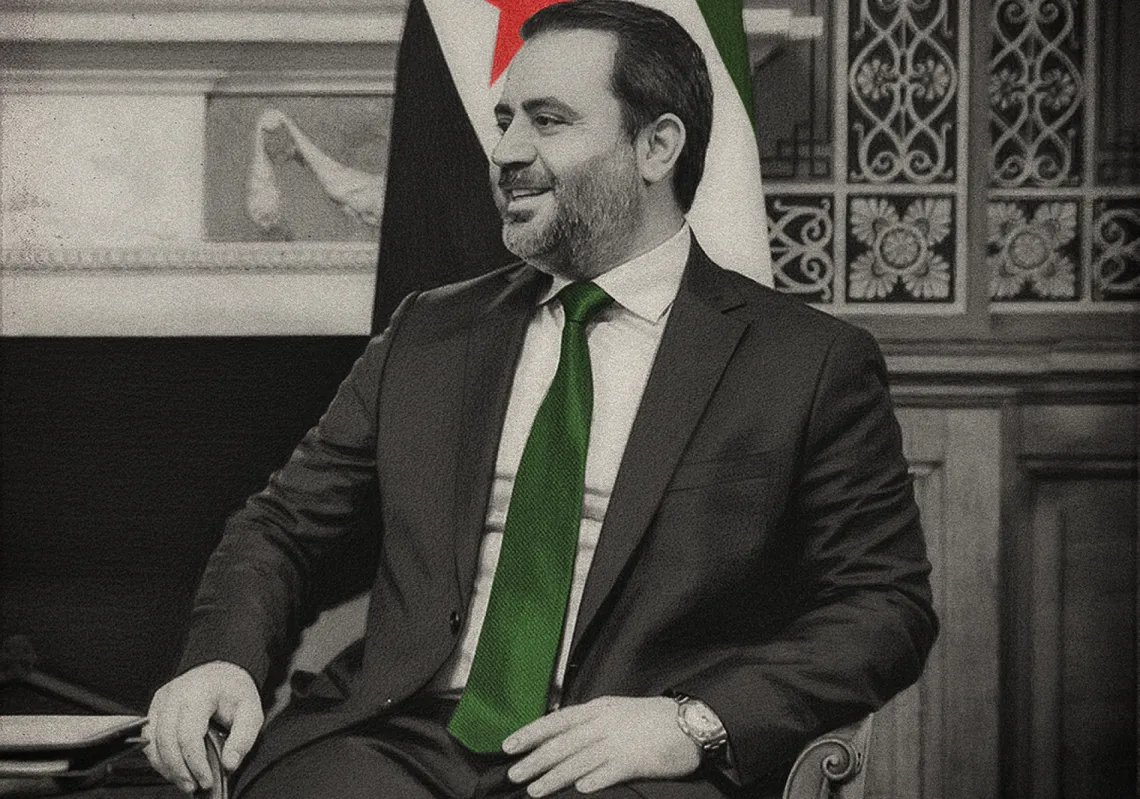As the United States increases sanctions on Iran and its proxies, conventional debates surrounding Hezbollah’s designation as a partner or proxy of Iran have resurfaced in Beirut and Washington. Should Washington consider the group a Lebanese actor or an Iranian military subsidiary?
When Secretary of State Mike Pompeo visited Lebanon last month, President Michel Aoun and Foreign Minister Gebran Bassil characterized Hezbollah as a non-terrorist Lebanese party with a popular base and stated that U.S. sanctions are hurting Lebanon’s economy. A number of Washington-based analysts have also argued that Hezbollah’s role as a direct Iranian proxy is a “common misconception dually perpetuated by Tehran and Washington,” as a recent Foreign Policy article put it. But this notion denies historical facts that prove Hezbollah’s organic connection to Iran’s Islamic Revolutionary Guard Corps (IRGC), and could allow the terrorist organization to evade sanctions and other consequences.
NOT A PARTNERSHIP
Hezbollah’s connection to Iran is more organic than an equal partnership, and there have been a number of occasions throughout the group’s history where Tehran either directly influenced its decisions or blatantly gave it specific orders. Consider Hezbollah’s involvement in the 2015 battle for Aleppo. Until that moment, the group had justified its involvement in Syria to its constituents as a necessity to protect Lebanon’s borders, Shia villages, and Shia shrines in Damascus. This rationale worked until Iran ordered Hezbollah to fight in Aleppo, a shrine-less non-Shia city far from the Lebanese border. When Hezbollah lost many of its fighters in that battle, it was unable to justify the sacrifice to the Lebanese people, including the Shia community.
Along with confirming that the Aleppo deployment was ordered by Iran, a number of Hezbollah fighters and officials have admitted in private conversations and interviews that the group’s military commander at the time, Mustafa Badreddine, initially refused to send his troops there. Most of these interviewees believed that IRGC Qods Force commander Qasem Soleimani forced Badreddine’s hand, and eventually had him killed in 2016. Afterward, Soleimani reportedly began micromanaging Hezbollah’s military operations. As one fighter told the author in 2017, “It was clear to many of us that [Soleimani’s] priority was to protect the Iranians, and that [Hezbollah fighters] and all non-Iranian [Shia] could be sacrificed.” A number of other fighters have complained of being abandoned by their Iranian allies on the battlefield. Such incidents ostensibly led to many losses among Hezbollah’s ranks, and some fighters later refused to fight under Iranian commanders.
Despite this building resentment, Soleimani showed little tolerance for Lebanese defiance. “When complaints increased and the Hezbollah leadership stalled Soleimani’s requests to send more fighters to Aleppo, he cut salaries for three months, or until Hezbollah did what he asked,” said one commander. Yet while most of the interviewees disliked him, they also expressed respect and fear, with the understanding that the relationship is more similar to a boss and his employees than a partnership.
In addition to fighting in Aleppo at Iran’s behest, Hezbollah has been involved in terrorist plots and attacks outside Lebanon in recent years through a special entity called the “Unit for Overseas Operations.” Many of these plots served Iran’s foreign policy objectives while hurting Hezbollah’s image as a “resistance” movement. But such dynamics hark back to the early phase of Hezbollah, when the group attacked the American and French contingents of the Multinational Force in 1983. From one perspective, such attacks were driven by nationalist sentiment against foreign occupiers and similar “resistance” narratives. The deep, proven involvement of Iranian personnel in those operations paints a more varied picture, however—one in which Tehran was partly motivated by a desire to retaliate against the United States for freezing its assets and instituting an arms embargo, and against France for offering asylum to the former shah’s prime minister after the 1979 revolution.
Hezbollah also kidnapped many foreigners in Lebanon between 1982 and 1991—a trend that began after four of Iran’s own embassy workers were kidnapped by Christian militias while traveling in north Lebanon. And in 1986, Hezbollah attacked French peacekeeping personnel in south Lebanon. Speaking about the attack in a 2005 interview, former French ambassador to Lebanon Fernand Wibaux noted that Iran had been desperately trying to coerce Paris into curtailing arms shipments to Iraq and expelling Iranian dissidents. Accordingly, it ordered Hezbollah to target French contingents of the UN Interim Force in Lebanon—resulting in Paris withdrawing its personnel from the force.
The group’s recent involvement in Yemen on the side of the Iranian-supported Houthi rebels is another good example of how it can be dragged into destabilizing regional activities that are completely irrelevant to Lebanon’s security or domestic politics. Various media outlets have reported Hezbollah fighters killed in action there, and group leader Hassan Nasrallah himself has admitted their presence in video remarks posted online.
IRAN’S DEMOGRAPHIC CHANGES LINK TO LEBANON
One of Tehran’s objectives in Syria and Iraq has been to create a land bridge linking Iran to Hezbollah’s stronghold in south Lebanon and, by proxy, to the Lebanon-Israel border. Hezbollah and its supporters have been integral to this endeavor.
In Syria, the bridge extends from Abu Kamal on the Iraqi border, northwest to Deir al-Zour, and then on to the Alawite Mediterranean coast and the Lebanese border. To connect and cement these corridors, Iran and Hezbollah had to conduct aggressive demographic shifts in some areas—namely, pushing Syrian Sunnis north to Idlib or across the border into Lebanon, while bringing in Syrian and foreign Shia to resettle on corridor lands. Today, for example, the Syrian border town of al-Qusayr is devoid of Sunnis and completely controlled by Hezbollah.
Hezbollah has sought to make similar changes in parts of Lebanon, where its efforts to solidify Iran’s land bridge have centered on building a series of links: between the south and Beirut via coastal Sunni towns; between the south and the Beqa Valley via Sunni and Christian towns to the west; and between Beqa and the coast via Druze areas in the Chouf district. An article series by the Lebanese outlet Janoubia noted that the company Tajco may be facilitating this effort. Created by the Tajideen brothers—several of whom have been designated by the U.S. government for Hezbollah-related activities—the company is involved in a number of residential projects located in strategic areas of Lebanon. The residences in question are usually occupied by Shia families willing to move from the south, Beqa, and Dahiya to new affordable apartments. At the same time, locals in the affected towns have accused Hezbollah of using the projects to enforce its military presence and recruit poor, unemployed Sunni and Christian men into the Saraya al-Muqawama al-Lubnaniya (Resistance Brigades of Lebanon), a non-Shia militia that the group created to handle internal security operations and clashes.
Hezbollah is also apparently moving elements of its precision missile project and other military facilities to land-bridge areas in Lebanon upon Iran’s request, mainly the Druze area of Chouf and the Sunni area of West Beqa. Various reports have speculated that Ali Tajideen may be involved in this endeavor, noting his recent purchase of more than three million square meters of land in Dalhamiya.
CONCLUSION
Many in Beirut, Washington, and Europe still believe that Hezbollah’s ties to Iran constitute a strategic partnership, and that the group is reliant on rather than beholden to Tehran. But Hezbollah’s margin of independent decisionmaking has always been small and is diminishing rapidly under Soleimani’s hands-on approach. On issues related to Lebanese political dynamics, Iran still sees Nasrallah and a few other senior Hezbollah officials as reliable advisors, but none of them are ultimately the decisionmakers on matters of import.
As U.S. rhetoric against Iran heats up, more arguments will no doubt be made that Hezbollah and Iran are distinct, but past and recent evidence shows otherwise. As Nasrallah himself infamously put it in past remarks, “I am proud to be a member of the ‘Velayat-e Faqih Party,’” a rare public acknowledgment of his group’s full deference to the will of Iran’s Supreme Leader.
This article was originally published by the Washington Insititute.







